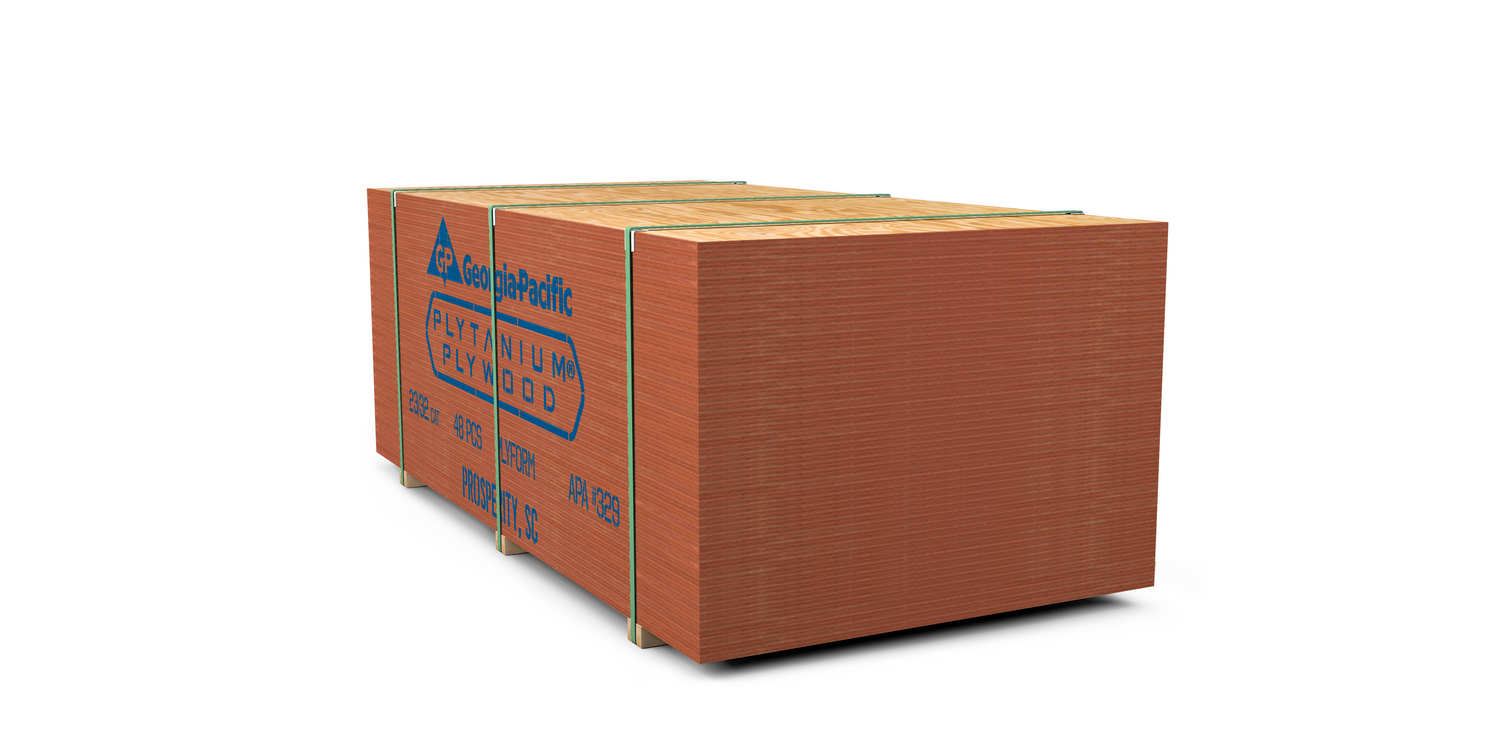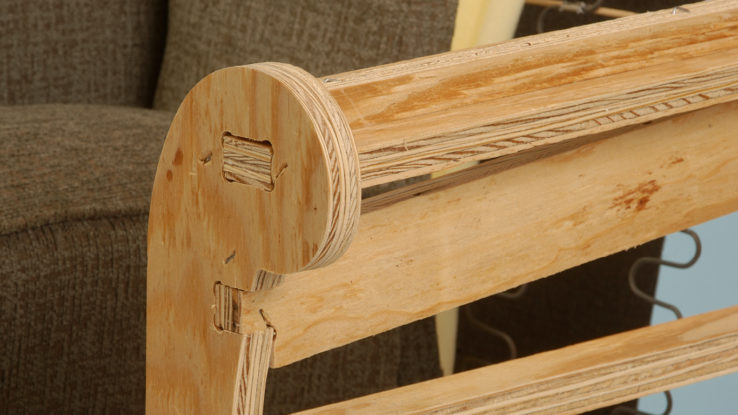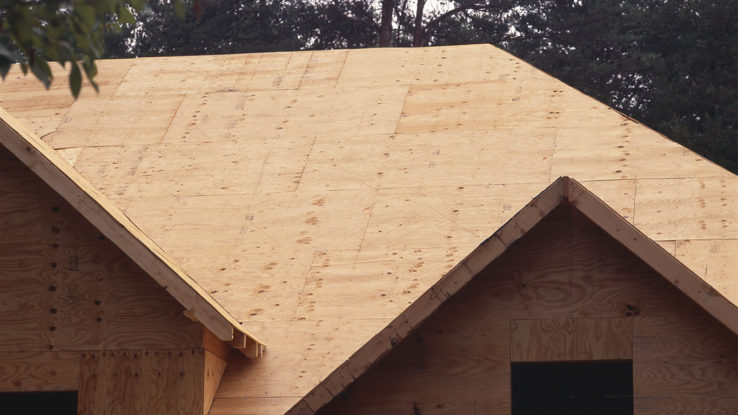
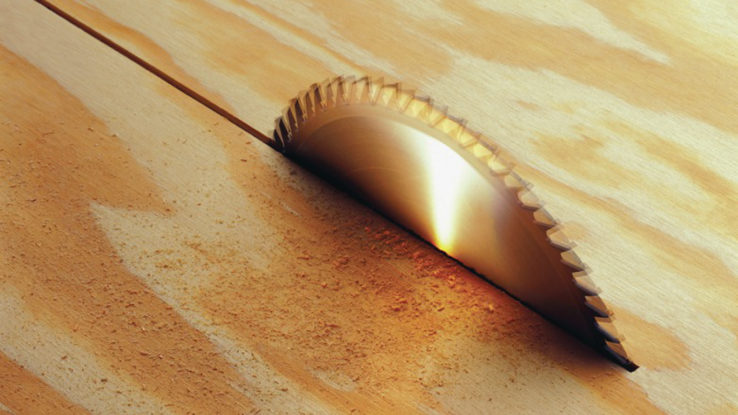
Product Details
Lightweight yet strong, Plytanium® sanded project panels are durable, attractive and ideal for many interior and exterior home construction applications – from furniture and shelving to porch ceilings and soffits. Manufactured to maximize strength and minimize sagging over time, these popular panels help make every project proud.
Product Specifications
AVAILABLE TYPES & SIZES (SIZED FOR 4’X8’)
| Length (minimum) | 7’-11 7/8” (2.435 m) |
| Width (minimum) | 3’-11 7/8” (1.216 m) |
BUILDING CODE PERFORMANCE CATEGORIES, PANEL THICKNESS
| 1/4 CAT | 0.234” (5.94 mm) |
| 11/32 CAT | 0.328” (8.33 mm) |
| 15/32 CAT | 0.453” (11.50 mm) |
| 19/32 CAT | 0.578” (14.68 mm) |
| 23/32 CAT | 0.703” (17.85 mm) |
SPECIFICATIONS
| Length/Width Tolerance | +0, -1/16” (+0, -1.6 mm), based on 4’ or 8’ value |
| Straightness Tolerance | ± 1/16” (± 1.6 mm) |
| Squareness Tolerance | ± 1/8” (± 3.2 mm) |
| Primary Species | Southern Yellow Pine |
| Testing Agency | APA – The Engineered Wood Association |
| Classification | Exterior – Plywood suitable for repeated wetting and redrying or long-term exposure to weather and other conditions of similar severity. |
| Code Fire Classification | Class III or C |
| Flame Spread Rating | 75-200, smoke developed index <450 |
| Building Code Compliance | PS 1-22 |
CERTIFICATIONS

Resources
FAQs
Plywood panels classified as “Exterior” are suitable for applications subject to long-term exposure to weather or moisture.
Yes, plywood can be painted using one coat of acrylic latex primer and at least two coats of acrylic latex paint. Oil-based paints are not recommended.
Yes, Georgia-Pacific plywood and OSB panels only use moisture resistant adhesives that contain no added urea formaldehyde resins, and are therefore exempt from U.S. EPA and California formaldehyde regulations due to their very low emission rates.
No, span ratings for similar thicknesses are the same.
Class III or C
Related Products
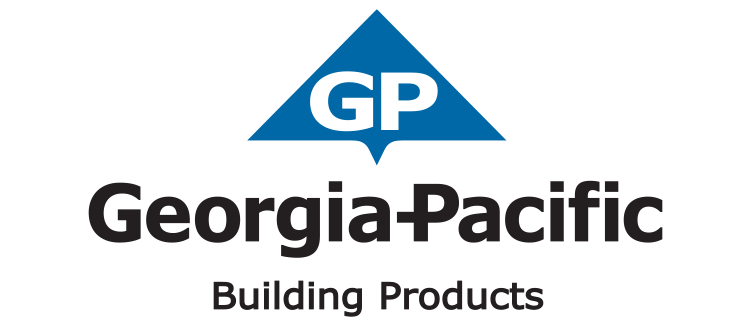
Newsletter Sign Up
Subscribe for the latest news and insights.



